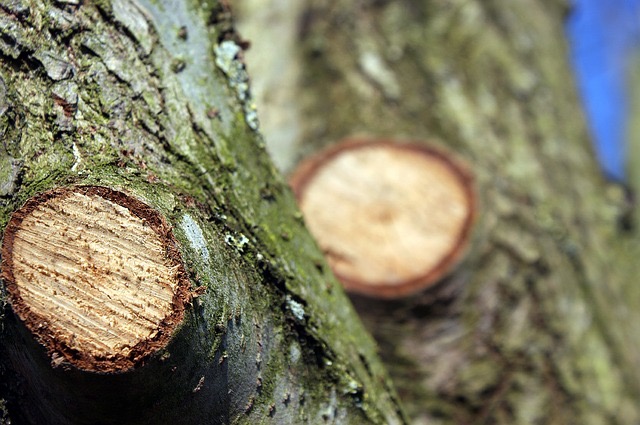What is Tree Pruning and Why do YOU need it?
With little knowledge to what exactly is “Tree Pruning” we pretty much never bother that trees like all living beings need to be taken care of. We look around and feel refreshed if in our view there is a lot of greenery and plantation, right? Imagine the same trees either diseased, with insect infestation or falling branches causing you harm because of weakened health. Tree Pruning is the act of removing sections of the tree to maintain the size of the tree branches, helps the tree grow stronger and stay healthy. To make sure the trees surrounding you are in good health you have to get help from certified professional Tree Services such as Treesurgical. Still to keep them in check you need to know the basics of Tree pruning. Some of the dos and don’ts are listed here for your information.

2 Dos of Tree Pruning
- To get a good job done you must ask the arborist you hired about the standards they follow. It is better to be American National Standards Institute standard called ANSI A300.
- Check if the professionals you hired are using the right tools, try to have somebody present with you that has some past experience.
- Try to look after your trees yourself and see regularly if they require a tree pruning job. Especially after a storm.
3 Don’ts of Tree Pruning
- Pruning is required from time to time but that doesn’t mean you keep on trimming limbs and branches for your own satisfaction. Pruning should be done when needed, certified professionals know exactly when and how to prune. So, don’t prune unless there is a good reason, e.g. after a storm.
- Be very careful when removing foliage, during a growing season at most 25 percent of foliage is considered to be safe. So, don’t prune more than 25 percent.
- You are not supposed to prune a newly planted tree for the first year. Keep that in mind or you’re most likely to cause more harm than good.
- Stay away from lion-tailing that is to strip out the inner greenery and branches.
- For more information see on this check out Eric Martin blog.